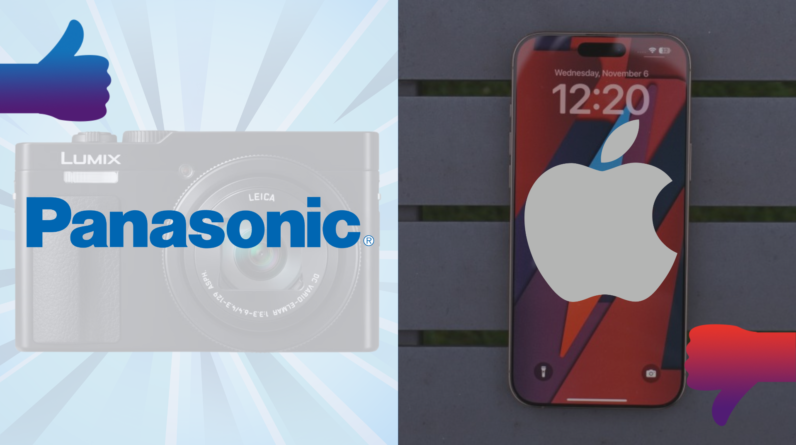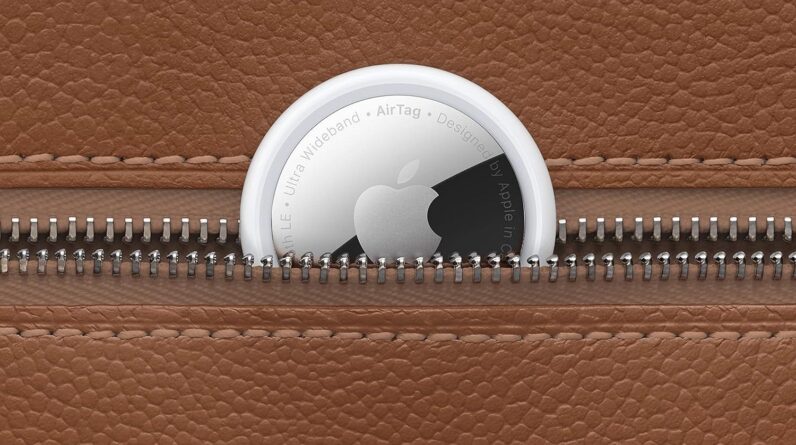

Asus has officially announced its latest range of ROG phones, including the ROG Phone 9 and the ROG Phone 9 Pro.
Both gaming phones feature Asus’ AniMe Vision rear LEDs, a 6.78 inch AMOLED display, 5800mAh battery and are powered by the latest Snapdragon 8 Elite chipset. However, there are a couple of key differences that make the ROG Phone 9 Pro the pricier of the two phones.
Keep reading to learn how the ROG Phone 9 and the ROG Phone 9 Pro compare.
Price
Both the ROG Phone 9 and the ROG Phone 9 Pro were announced on November 19 2024, with pre-orders available now ahead of a mid-December release in the UK.
Prices for the ROG Phone 9 Pro start at £1099/$1199 with 16GB of RAM and 512GB of storage. The Pro Edition model, meanwhile, costs £1299/$1499 and comes with 24GB of RAM and 1TB of storage.
The ROG Phone 9 is the more affordable of the two phones, starting at £949/$999 for 12GB of RAM and 256GB of storage.
The ROG Phone 9 is available in white
If you prefer the look of a white phone, you might want to stick with the ROG Phone 9.
The cheaper phone comes in two colours – Phantom Black and Storm White – whereas the ROG Phone 9 Pro only comes in Phantom Black.
Otherwise, the two phones share relatively similar designs. This includes the same 163.8 x 76.8 x 8.9mm dimensions, the same 227g weight, the same uniquely shaped camera module and the same IP68 waterproofing.
The ROG Phone 9 Pro packs more rear LEDs
The above is, of course, ignoring the biggest design difference: the AniMe Vision mini-LED displays on the backs of the phones. These are designed to allow gamers to showcase their personalities with light-up animations visible on the rears of their phones.
While both models support this feature, the ROG Phone 9 is limited to 85 LEDs, meaning users can choose from more than a dozen preloaded animations to display.
The ROG Phone 9 Pro, meanwhile, is equipped with a massive 648 LEDs. This higher resolution allows users to display more complex text, different languages and custom GIFs on the backs of their phones, offering more creativity and personalisation. You can even play retro games, like Snake and Space Invaders, on the back of the phone.
The ROG Phone 9 Pro has a telephoto camera
Both the ROG Phone 9 and the ROG Phone 9 Pro take advantage of triple camera arrays, including a 50-megapixel main camera with 6-axis Hybrid Gimbal Stabiliser 4.0 image stabilisation and a 13-megapixel ultra-wide camera.
However, their third camera is where these two smartphones differ.
The ROG Phone 9 features a 5-megapixel macro lens for snapping close-up shots, whereas the ROG Phone 9 Pro takes advantage of a 32-megapixel telephoto camera with OIS, 3x optical zoom and 10-30x HyperClarity technology. This makes the Pro better equipped for capturing good-quality images from afar.
The ROG Phone 9 Pro Edition can be configured with more RAM and storage
The fourth major difference between these two smartphones (or fifth, if you include the price) comes in the form of RAM and storage.
While both phones are powered by Qualcomm’s latest flagship mobile chipset, the Snapdragon 8 Elite, the ROG Phone 9 Pro comes with 16GB of RAM and 512GB of storage, while the ROG Phone 9 can be configured with 12GB/256GB or 16GB/512GB.
Alternatively, you can opt for the Pro Edition model (a step above the ROG Phone 9 Pro) and get 24GB of RAM and 1TB of storage, as well as an AeroActive Cooler X in the box.
Early verdict
The ROG Phone 9 and ROG Phone 9 Pro are two very similar phones with a few key differences.
If you want to take full advantage of the custom text and image capabilities and the retro games available on the AniMe Vision display, opt for the ROG Phone 9 Pro. Likewise, if you’re big on smartphone photography, you might appreciate the telephoto lens on the Pro.
There’s also the ROG Phone 9 Pro Edition which comes at a premium but brings more RAM, more storage and comes with the AeroActive Cooler X Pro.
However, the ROG Phone 9 remains a more affordable option at £150/$200 less than the Pro model with most of the same features, so that could be the one to opt for if you want the best bang for your buck.






